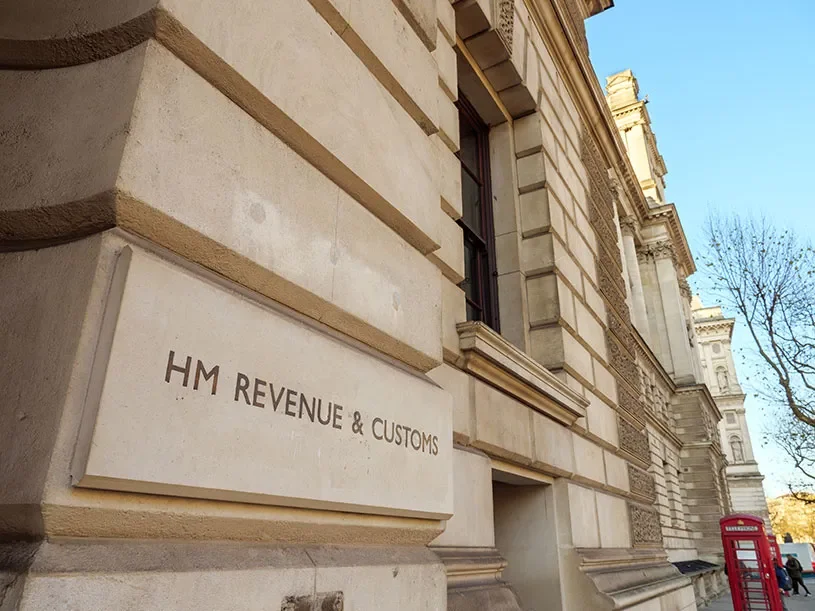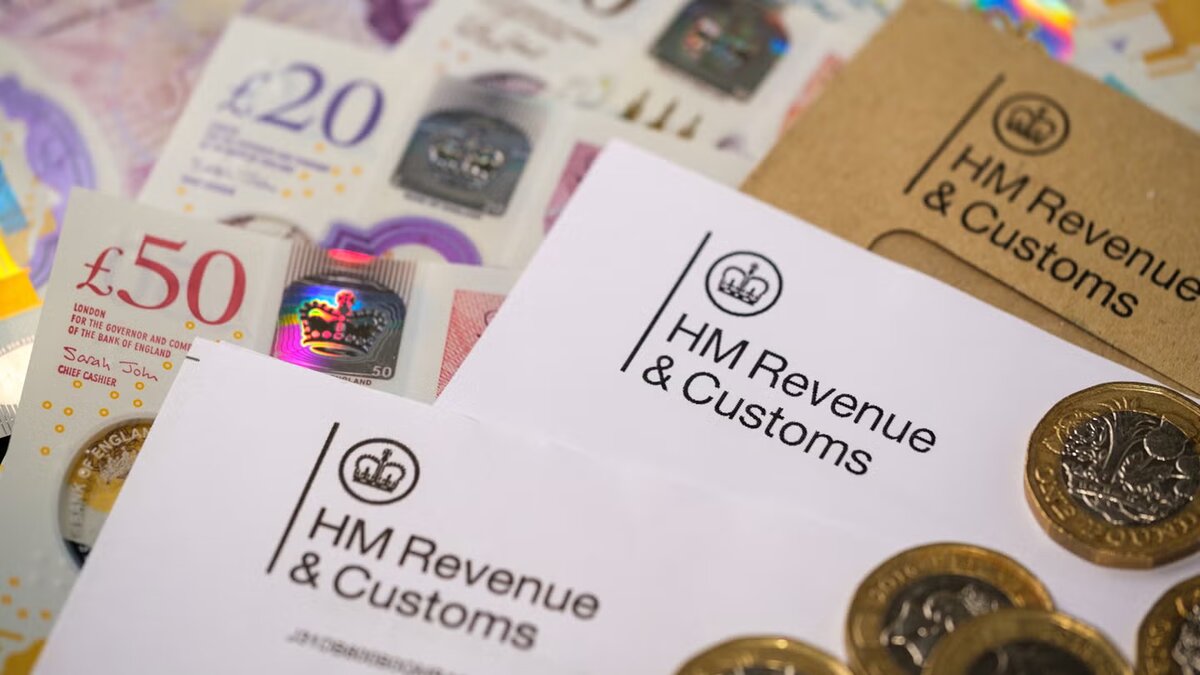What exactly you need to know?
A benefit in kind calculator is a tool that helps you work out how much tax you need to pay on non-cash perks from your employer. Think of it as a special calculator for those extra goodies that come with your job. A benefit in kind calculator helps determine your benefit in kind tax (kind tax) liability, showing both employee income tax and employer National Insurance contributions based on the value of your benefits.
These calculators use current HMRC rates and thresholds to determine the cash value of your benefits. This helps you understand the true value of your overall compensation package.
For employers, these calculators are essential for accurate P11D reporting. This is the form used to declare employee benefits to HMRC each tax year.
Most BiK calculators allow you to input details about company cars, fuel benefits, medical insurance, and other perks. Most calculators also allow you to compare values across different tax years, so you can see how your benefit in kind tax liability changes over time. This gives you a clear picture of your tax liability.
Always select the correct tax year when using a benefit in kind calculator to ensure accurate results.
Common workplace benefits that need calculating
Here are some examples of benefits in kind, such as company cars, private medical insurance, and loans, which are common perks provided by employers.
Company cars and vans are by far the most common benefits that require calculation. A company car or van is a benefit provided to employees, and the tax depends on the vehicle’s value, CO2 emissions, and fuel type, with electric vehicles and electric vans attracting much lower rates.
Private medical insurance is another popular taxable benefit. The amount is based on the premium your employer pays and is added to your taxable income.
Low-interest or interest-free loans over £10,000 count as a taxable benefit. The tax is calculated on the difference between the interest you pay and what HMRC considers a “fair” rate.
Living accommodation provided by your employer typically counts as a taxable benefit. This is usually calculated as 20% of your salary or the annual rental value, whichever is higher.
Mobile phones, computers, and other equipment for personal use may also count as taxable benefits. This applies unless they’re provided purely for business purposes.

How company car BIK calculations work
The starting point for any company car calculation is the P11D value, which is based on the car's list price including VAT, delivery charges and any optional extras.
This value is then multiplied by the appropriate BIK percentage rate. The rate is determined by the car’s CO2 emissions, ranging from 2% for electric vehicles to 37% for high-polluting cars. Hybrid vehicles have their own BIK rates, which can be lower than traditional petrol or diesel cars, depending on their fuel type and emissions.
The resulting figure represents the taxable value used to calculate the tax on company cars. You’ll pay income tax on this amount at your marginal rate (20%, 40% or 45% depending on your income).
If your employer provides fuel for private journeys, there’s an additional calculation. This uses a fixed multiplier (£27,800 for 2023/24) multiplied by the same BIK percentage rate as your car, resulting in the annual cost of the benefit.
I once miscalculated my company car benefit by forgetting about the optional extras. My tax bill was £300 higher than expected a costly lesson in being thorough!
The final tax bill can be reduced if you make contributions towards the car. It can also be reduced if the car is unavailable for part of the tax year.
Taxable value and emission levels: What affects your BIK?
When it comes to company car tax, the taxable value and emission levels of your vehicle are the key factors that determine how much benefit in kind (BIK) tax you’ll pay. The company car tax calculator takes into account the car’s list price, fuel type, and carbon dioxide emissions to work out the taxable value of your company car benefit.
Carbon dioxide emissions are especially important in the UK’s company car tax system. The lower the emissions, the lower the tax rate applied to your car’s value. This means electric cars and ultra-low emission vehicles attract the lowest BIK rates, making them a tax-efficient choice for both employers and employees. Petrol cars generally have moderate tax rates, while diesel cars can be subject to a 4% diesel supplement unless they meet the latest RDE2 emissions standards.
Your personal income tax rate whether 20%, 40%, or 45% is then applied to the BIK value to determine how much tax you’ll actually pay. This means higher earners will pay more tax on the same company car than someone on a lower income tax rate.
Employers providing company cars must accurately calculate and report the BIK value to HMRC, ensuring the correct tax is deducted from employees’ pay. In addition to the employee’s income tax, employers are also liable for Class 1A National Insurance contributions on the BIK value, currently set at 15%.

Using benefit in kind calculators effectively
Start by gathering all the necessary information about your benefits. For cars, this includes details, CO2 emissions, list price, and fuel type. Accuracy here is crucial.
Remember to include the dates when benefits started or ended if they weren’t available for the full tax year. Most calculators allow you to pro-rate benefits for partial years.
Check whether you’re making any contributions towards your benefits. These can reduce your tax liability. For example, payments towards your company car reduce the taxable benefit. HMRC provides its own company car and fuel benefit calculators and recommends using tools that are up-to-date for the current tax year.
Always use up-to-date calculators that reflect the current tax year’s rates. HMRC changes BiK rates regularly, particularly for vehicles as they push for greener transport options.
From April 2026, it will become mandatory for all employers to payroll employee benefits.
Common mistakes when calculating BIK tax
Using outdated CO2 figures is a frequent error. Always use the officially recorded emissions for your specific vehicle model. Even small differences can change your tax band.
Forgetting to account for optional extras on company cars is another mistake. Remember, the P11D value includes all extras, even if they were thrown in “for free” by the dealer.
Many people overlook the separate calculation needed for fuel benefit. If your employer pays for private fuel, this can add a significant amount to your tax bill. Employees must pay tax on this benefit, as it is subject to benefit in kind tax.
Not adjusting calculations when circumstances change mid-year can lead to incorrect tax payments. If you change cars or give up a benefit, make sure to recalculate.
Assuming all workplace benefits are taxable is also wrong. Not all benefits are taxed. Some benefits like workplace parking, canteen meals, and certain health screenings are exempt from benefit in kind tax.

Final Thoughts
Benefit in kind calculations might seem complex, but getting them right ensures you're not paying too much or too little tax. It's worth taking the time to understand your tax position.
Regular reviews of your benefits package can help identify potential savings. Sometimes, a slight adjustment to your benefits structure can result in significant tax efficiency.
Remember that HMRC updates BiK rates annually, usually in line with the Budget. What was tax-efficient last year might not be this year.Enter some text...
Pie tax: Simplifying benefit in kind calculator Tax
The UK's first personal tax app, Pie tax, takes the confusion out of benefit in kind calculations. Our intuitive tools are designed for both employees and employers.
Our real-time calculator automatically applies the latest HMRC rates to your benefits package. This ensures you're never caught out by changing tax rules or thresholds.
We've built smart features that remember your vehicle details and track benefit periods accurately. You can instantly see how changes to your benefits affect your take-home pay.
The dashboard gives you a complete view of your tax position by combining your salary, benefits, and other income sources. No more guesswork about your true earnings.
Curious to see how it works? Explore Pie.tax to discover how we're making tax calculations simpler for everyone.









